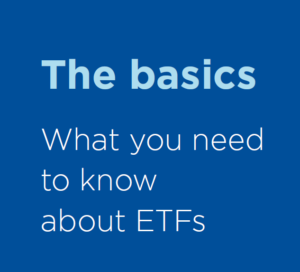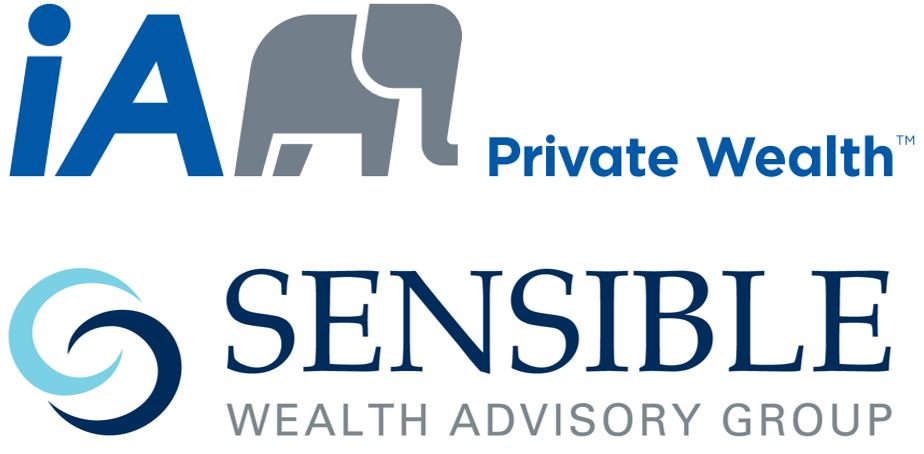The amount of money you can earn from an ETF depends on the underlying investment(s) of the ETF.
If, for example, you own an ETF that’s focused on dividend stocks, you can make money from an increase in the price of the stock (capital gains) and the dividends those stocks pay out.
On the other hand, if you own an ETF that’s focused on bonds, you can make money from interest income and, potentially, capital gains.
Income from your ETF investment in the form of interest, dividends or capital gains isn’t usually reinvested as additional ETF shares.
Instead it stays in your account as cash until you and your Investment Advisor decide what to do with it.
An ETF is passively managed in that it tracks a market index while an actively managed mutual fund benefits from the knowledge and expertise of a portfolio manager.
Owning both can help you achieve your asset allocation goals, diversify your portfolio by style as well as balance the overall costs of investing.
You pay tax on any capital gains you make when you sell an ETF as well as any distributions, like dividends, that you receive.
As with other investments, an ETF purchased in an RRSP isn’t taxed until you take the money out of the account before or after retirement.
And if you buy an ETF within a Tax-Free Savings Account (TFSA), you won’t pay any tax on your capital gains or distributions at all.


